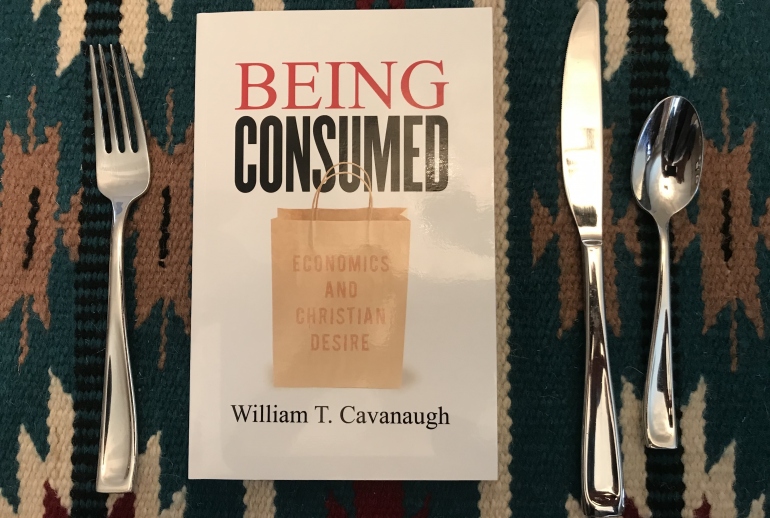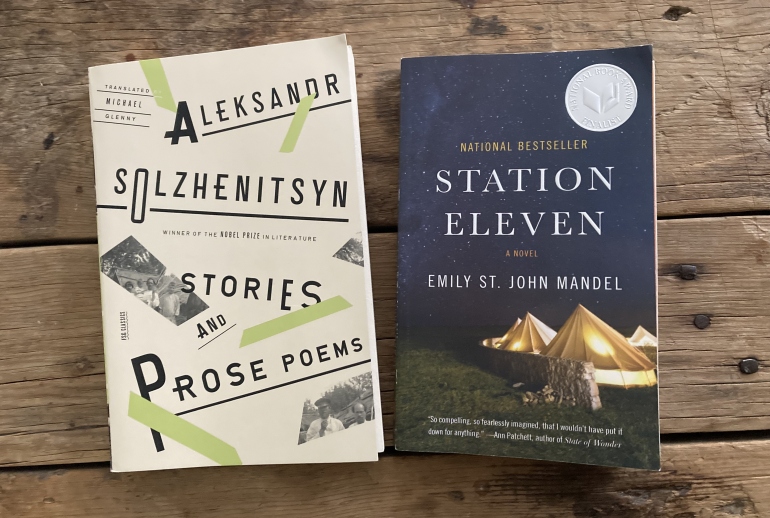Margie and I are always reading and amuse each other regularly by reading aloud occasional sentences or paragraphs. Perhaps they include something we hadn’t known (a common occurrence) or are crafted with prose that captures our imagination (it’s lovely to read good writers) or state an opinion we find extraordinary (either for blessing or for curse). If you were in The House Between at that moment, you’d hear the selection, too. And since we are not together, reproducing it here is the best I can do.
As you can see from the title, this is my second collection of such short extracts. If you’d like the read the earlier one, you can find “Sundry (1)” here.
***
Noticed: “Americans and Their Guns”
Countries with the highest number of civilian firearms per 100 residents.
Iceland: 31.7
Lebanon: 31.9
Finland 32.4
Cyprus 34.7
Uruguay 34.7
Canada 34.7
Serbia 39.1
Montenegro 39.1
Yemen 52.8
United States 120.5
Excerpted from the 2018 Small Arms Survey as reported in “Century Marks” in The Christian Century (July 13, 2022), p. 8.
***
Noticed: Being discerning readers
This is from Alan Jacob’s weekly Snakes and Ladders post (#177)—if you don’t subscribe, I highly recommend that you do. Reading what Jacob’s writes is always delightful for both the well-crafted prose and his thoughtful content.
In this particular post, he quotes the poet W. H. Auden on how we should respond to what we read. I have often said that being discerning requires that we move past the simple distinction of “I like (or dislike) it,” to a deeper understanding, as in “I get it.” Auden puts it this way:
As readers, we remain in the nursery stage so long as we cannot distinguish between Taste and Judgment, so long, that is, as the only possible verdicts we can pass on a book are two: this I like; this I don’t like.
For an adult reader, the possible verdicts are five: I can see this is good and I like it; I can see this is good but I don’t like it; I can see this is good and, though at present I don’t like it, I believe that with perseverance I shall come to like it; I can see that this is trash but I like it; I can see that this is trash and I don’t like it.
***
Noticed: Our experience of faith
The first thing I do when a new issue of Image arrives is thumb through it to see the art that is reproduced. The journal’s tag line—Art, Faith, Mystery—is always awakened within me by this simple practice. The second thing I do is turn to the Editorial in the opening pages by James K. A. Smith and read it. I don’t know how Smith manages to write so much that is so good except to acknowledge that he is gifted by God, raised up by the Holy Spirit to speak words that demonstrate that to know truth we must embrace art, faith, and mystery embodied in Christ.
In issue #113 of Image, Smith’s essay, “What You See Is You” is about the poetry and play, Shakeshafte, by former Archbishop of Canterbury, Rowan Williams. It’s worth reading. Along the way, Smith comments on “a familiar twenty-first century dynamic: faith is fraught.” His comments, even apart from their connection with Williams’ art are worth pondering.
Even if we still believe, something has changed in our experience of belief… What has changed is that nothing is given. After the upheaval of the Reformation, even steadfast commitment to the “ancient” faith feels like selecting from a modern menu of options… To live in modernity is to be burdened with the consciousness that things could be otherwise. You can wear other masks, play other roles. Yes, sure, all the world is a stage; but to live in modernity is to realize that your neighbors are working with a completely different script. And you can’t help but wonder, some days, if you are working from the wrong one.
***
Photo credit: Photo by Pixabay on www.pexels.com



